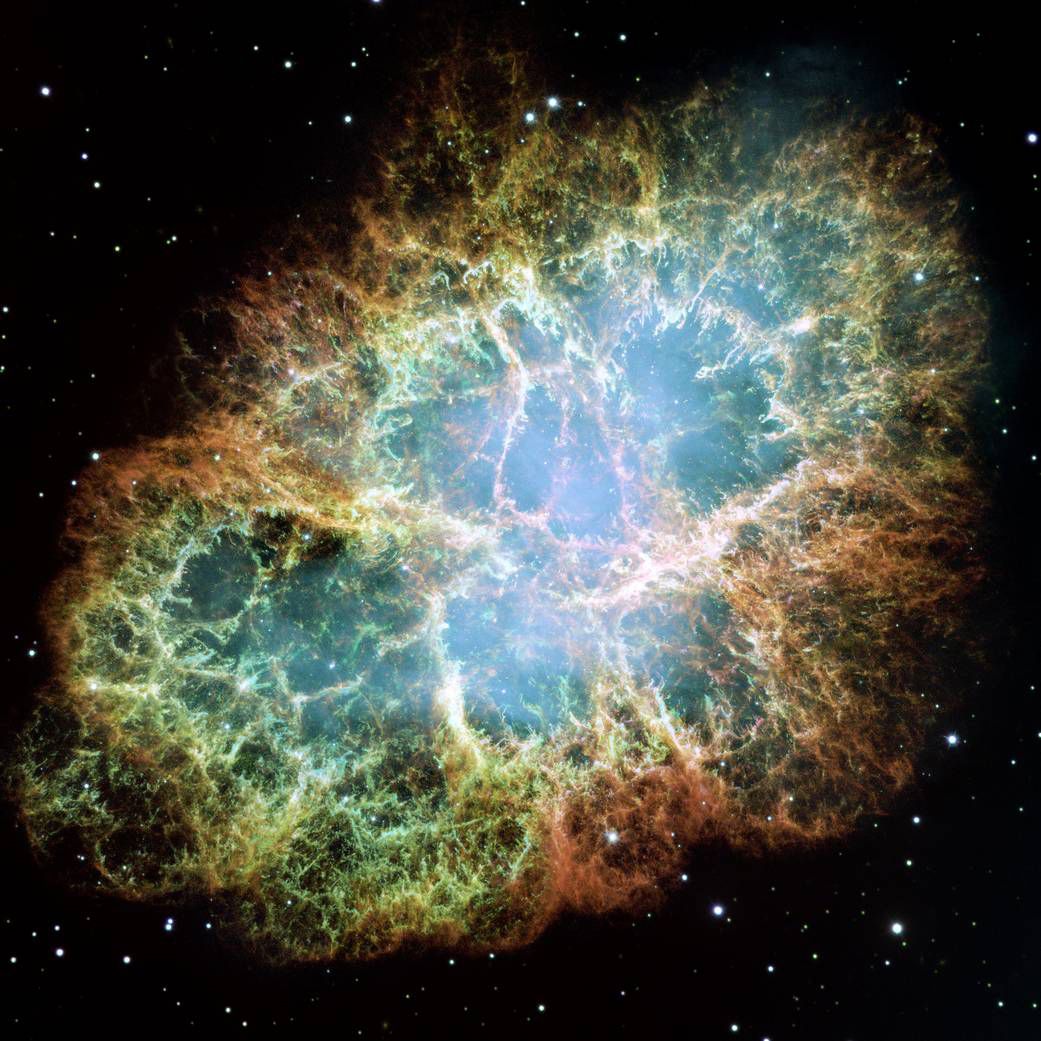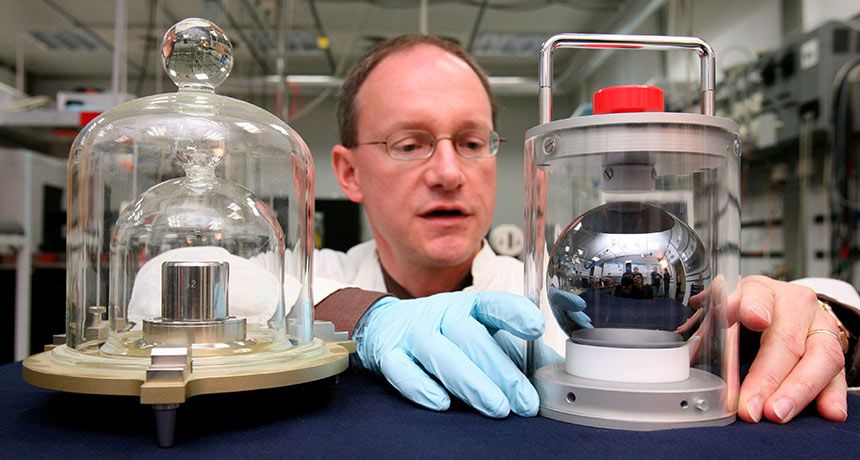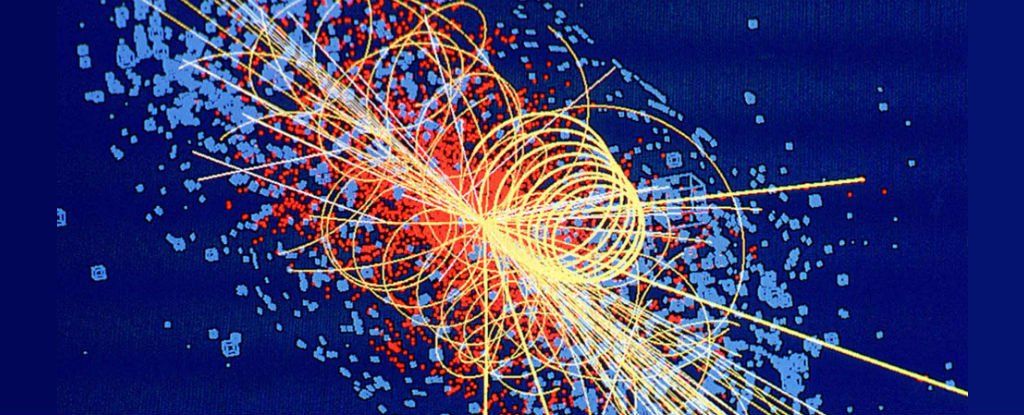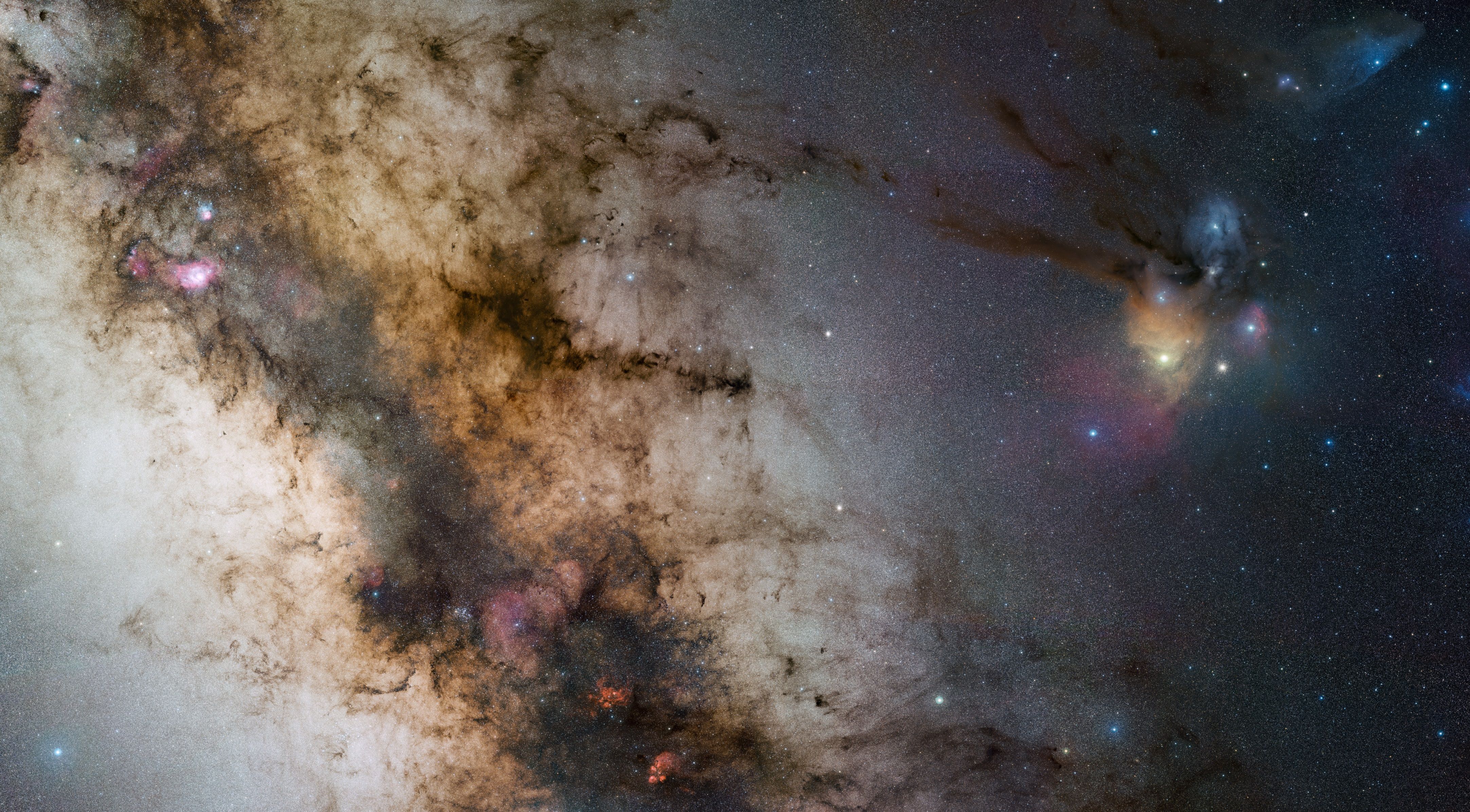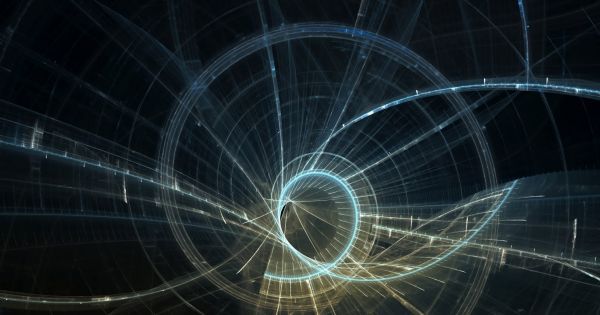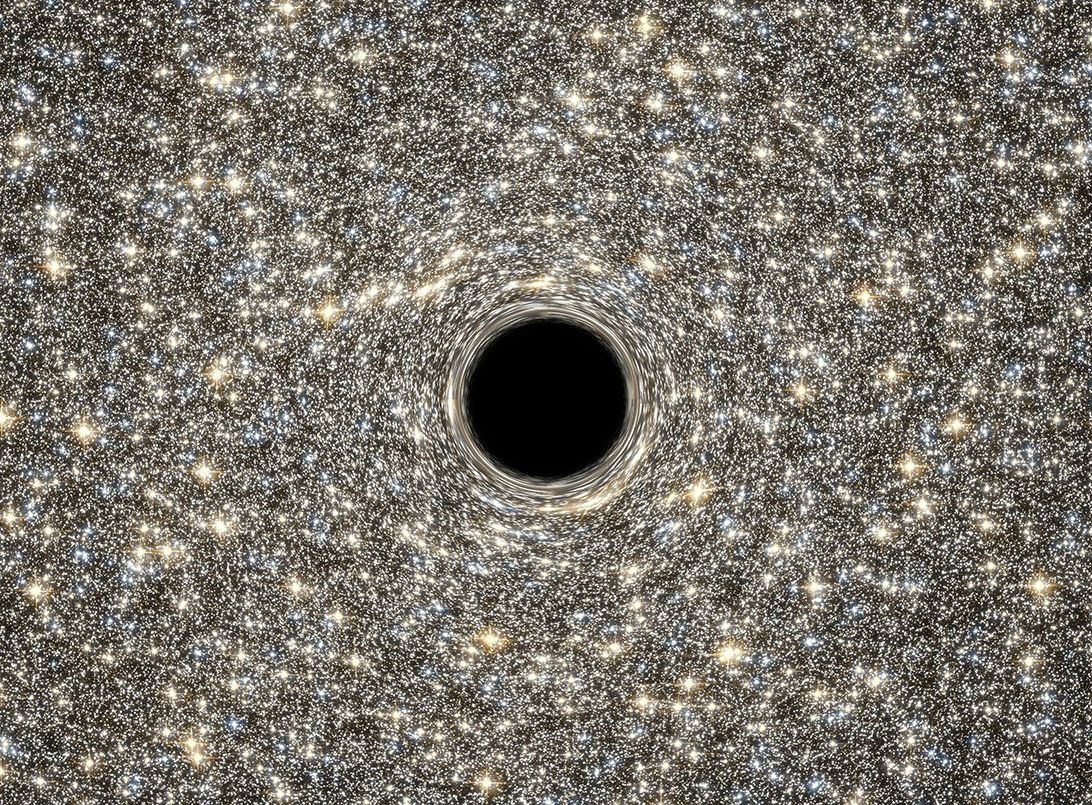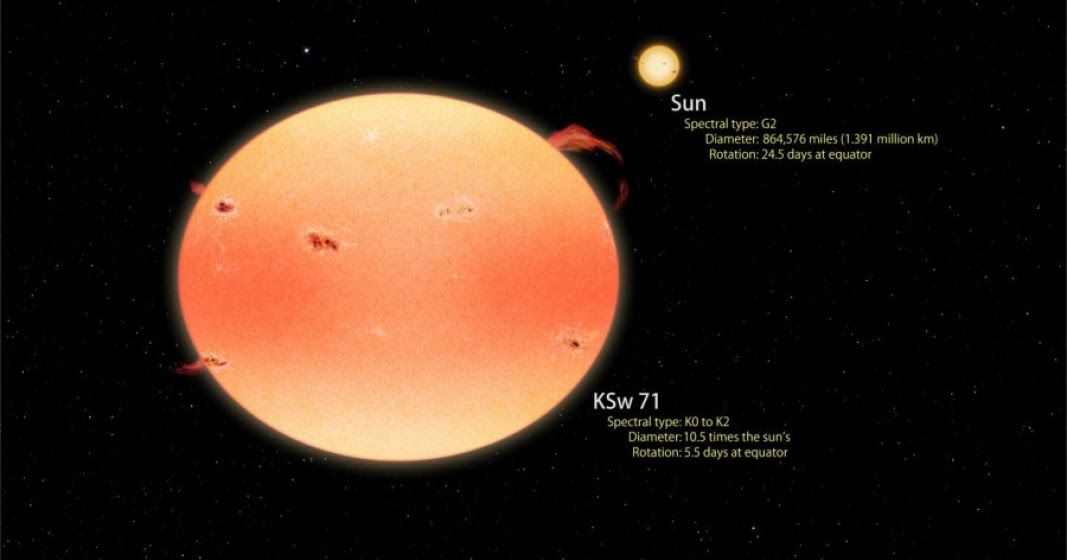Archive for the ‘cosmology’ category: Page 368
Nov 7, 2016
Units of measure are getting a fundamental upgrade
Posted by Shailesh Prasad in category: cosmology
And a shifting speed of light could revise current views about the evolution of the infant universe. Scientists think that a period of inflation caused the newborn cosmos to expand extremely rapidly, creating a universe that is uniform across vast distances. That uniformity is in line with observations: The cosmic microwave background, light that emerged about 380,000 years after the Big Bang, is nearly the same temperature everywhere scientists look. But cosmologist João Magueijo of Imperial College London has a radical alternative to inflation: If light were speedier in the early universe, it could account for the universe’s homogeneity.
“As soon as you raise the speed limit in the early universe,” Magueijo says, “you start being able to work on explanations for why the universe is the way it is.”
A finely tuned universe.
Continue reading “Units of measure are getting a fundamental upgrade” »
Nov 5, 2016
This New Hypothesis Claims to Solve 5 of the Biggest Problems in Physics
Posted by Shailesh Prasad in categories: cosmology, particle physics
Physicists have come up with a new model that they say solves five of the biggest unanswered questions in modern physics, explaining the weirdness of dark matter, neutrino oscillations, baryogenesis, cosmic inflation, and the strong CP problem all at once.
The new model, called SMASH, proposes that we only need six new particles to reconcile all of these gaps in the standard model of physics, and the team behind it says it won’t be that hard to test.
The model has been developed by a team of French and German physicists, and they say it doesn’t require any major tweaks to the standard model — just a few new additions.
Continue reading “This New Hypothesis Claims to Solve 5 of the Biggest Problems in Physics” »
Nov 4, 2016
Scientists will try to directly image Sagittarius A*, the black hole at the center of the Milky Way
Posted by Andreas Matt in category: cosmology
How do you directly image a supermassive black hole at the center of a galaxy? Using a telescope with the effective size of the Earth.
Nov 3, 2016
Scientists May Have Identified the Particles That Make Up Dark Matter
Posted by Elmar Arunov in categories: cosmology, particle physics, supercomputing
In Brief:
- Using an advanced supercomputer, scientists came up with a profile for dark matter, concluding that it may be made of axions of a specific type.
- With this new information, the race is on to be the first to prove the existence of dark matter particles.
Understanding what dark matter is has proven to be amazingly difficult. Of course, one might expect this from a thing that is, for all intents and purposes, entirely invisible. Scientists have come to the conclusion that dark matter exists by observing the way gravity behaves—either our model of gravity is in need of an update, or dark matter exists. The latter is the most likely conclusion.
Nov 2, 2016
A Supercomputer Just Solved A Big Mystery Behind Dark Matter
Posted by Andreas Matt in categories: cosmology, particle physics, supercomputing
We now know the mass of an axion, which means we might be able to prove dark matter does indeed exist.
Nov 2, 2016
Could A Black Hole Be Blocking The Light From That ‘Alien Megastructure’ Star?
Posted by Andreas Matt in category: cosmology
The top 7 explanations for the star’s weird behavior, ranked roughly in order of plausibility.
Oct 29, 2016
FUNCTION FOLLOWS FORM in the Quantum world, with a NEW splitting and pairing massless Black Hole
Posted by Karen Hurst in categories: cosmology, quantum physics
Perfect for Halloween — the big Pumpkin Star story.
According to Quantum FFF Theory, stars are formed between dual new physics black holes called Herbig Haro pressure cookers.
The dual black holes can have different sizes and different capacities to produce different sized stars.
Oct 23, 2016
Physicist says our Universe could have spawned from a black hole
Posted by Andreas Matt in categories: cosmology, mathematics, physics, singularity
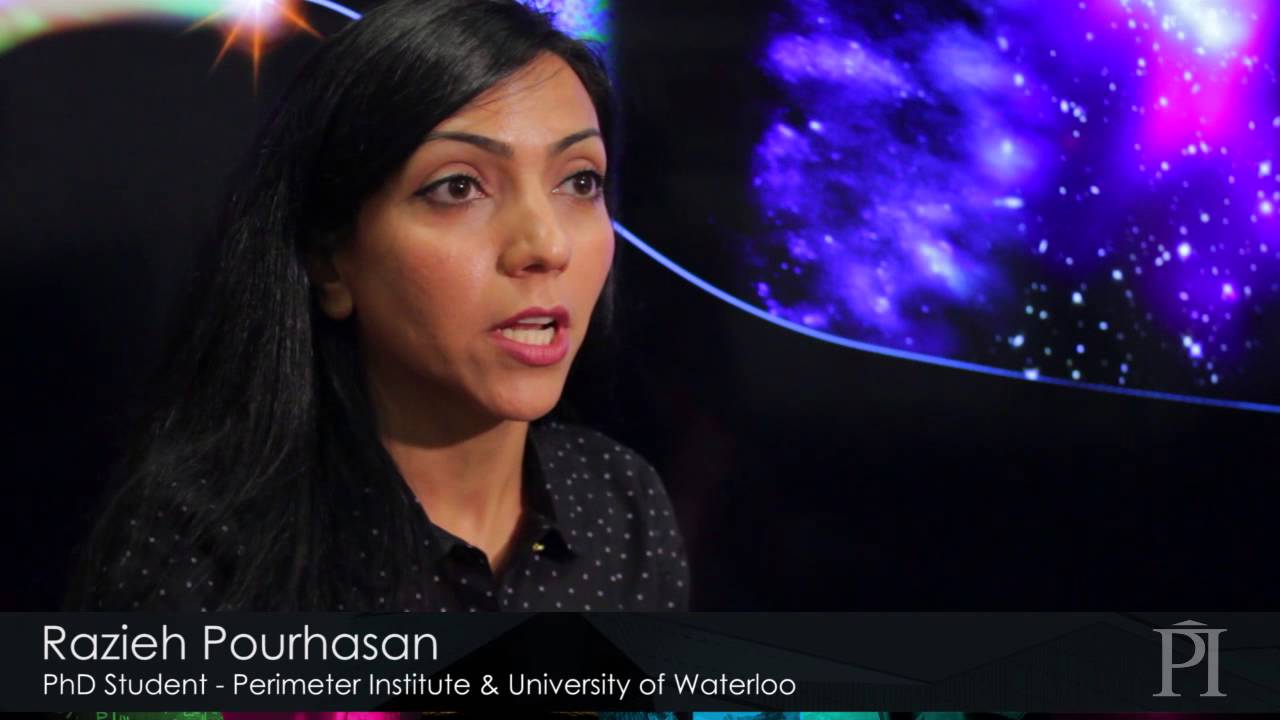
According to our best understanding of the Universe, if you travel back in time as far as you can, around 13.8 billion years or so, you’ll eventually reach a singularity — a super-dense, hot, and energetic point, where the laws that govern space-time breakdown.
Despite our best attempts, we can’t peer past that singularity to see what triggered the birth of our Universe — but we do know of only one other instance in the history of our Universe where a singularity exists, and that’s inside a black hole. And the two events might have more in common than you’ve ever considered, as physicist Ethan Siegel explains over at Forbes.
Continue reading “Physicist says our Universe could have spawned from a black hole” »
Oct 23, 2016
Our Dark-Energy-Dominated Accelerating Universe –“Flimsier Than Previously Thought”
Posted by Andreas Matt in categories: cosmology, physics
Five years ago, the Nobel Prize in Physics was awarded to three astronomers for their discovery, in the late 1990s, that the universe is expanding at an accelerating pace. Their conclusions were based on analysis of Type Ia supernovae — the spectacular thermonuclear explosion of dying stars — picked up by the Hubble space telescope and large ground-based telescopes. It led to the widespread acceptance of the idea that the universe is dominated by a mysterious substance named ‘dark energy’ that drives this accelerating expansion.
